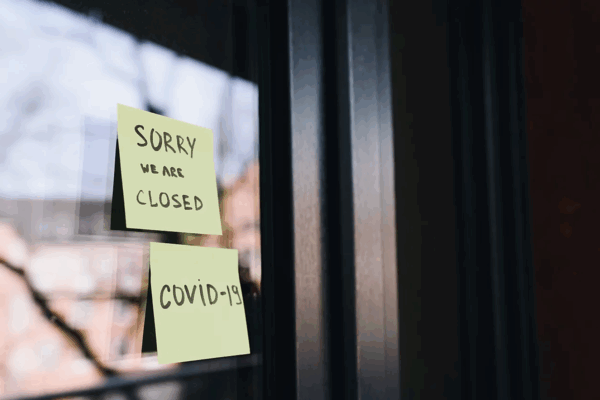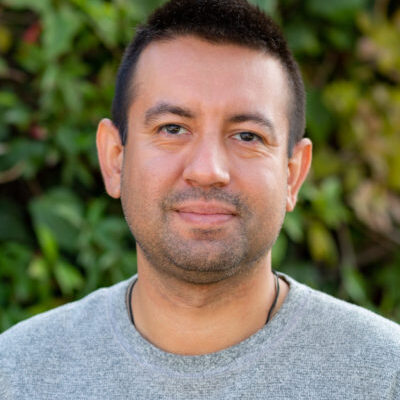Almost all schools in the U.S. have closed their doors due to the COVID-19 pandemic. Educators and policymakers have largely focused on finding solutions for providing instruction remotely, access to essential technology, meals to families, counseling services, special education services, and all of the other services schools typically provide to their communities. What has been lost in the conversation, however, has been any meaningful discussion about how the school closures are affecting students who face suspensions, expulsions, and other school discipline.
Jason is a 12-year-old Black student who has a learning disability in addition to generalized anxiety disorder and depression. For years, his mother, Jennifer, who is herself an educator, pleaded with Jason’s school district to provide him with therapeutic counseling, but the district repeatedly denied her request.
This year, in the continued absence of any meaningful support, Jason’s social-emotional needs escalated; as a result, he was involved in multiple physical conflicts with peers. However, rather than finally acknowledging that Jason needed more support and amending his Individualized Education Program (IEP), Jason’s school instead recommended him for expulsion. His mom called the East Bay Community Law Center, which immediately requested a copy of Jason’s school records. But then schools shut down due to COVID-19.
In light of the fact that schools will be closed for the remainder of the school year, one would expect the school district to rescind the expulsion recommendation. That’s not what happened. Instead, the district told Jason and Jennifer that they intended to continue with the expulsion process—in other words, carry on with business as usual. Now, even while trying to stay safe during the pandemic, Jason is fighting to stay in school and is receiving minimal instruction, only one hour per day, and the district is moving forward with the expulsion process.
Unfortunately, Jason’s story is common across the country. The shutdown leaves many of these students in limbo, with no clear path to returning to school.
Many school districts are still requiring students to serve suspensions and expulsions, placing them in disciplinary programs, or pursuing expulsions even while schools are closed.
State laws and district policies vary widely in how many consecutive days a student may be removed from school before the absence is considered an expulsion, where students and parents have more rights. In some places, a mere suspension, which offers little due process, can last up to 180 consecutive days.
Even before schools were shuttered, some students facing discipline were being denied educational services. In the 2017-18 school year, 35 percent of the nation’s schools were allowed to expel students without providing continuing services (school-provided tutoring or home instruction). Of the schools not providing services, a greater percentage (31 percent) that served predominantly students of color expelled students as a form of discipline.[i] This is unsurprising because exclusionary discipline practices disproportionately impact the nation’s most vulnerable students, such as students of color, students with disabilities, English Language Learners, and foster youth, many of whom come from communities that are among the hardest hit by the virus.
Suspending or expelling students during the pandemic is inhumane and counterproductive for a host of reasons.
First, when there are no in-person classes, it makes no sense for officials to claim that students facing discipline need to be excluded from classrooms because they are supposedly disruptive or pose a danger.
Second, a student expelled when physical campuses across the state are closed likely will face insurmountable barriers to finding an alternative educational placement and will thus be denied their fundamental right to an education, even when continuing educational services are supposed to be provided.
Third, school districts are already overburdened with tasks to address the pandemic and have limited resources to handle discipline and appeals in a fair manner.
School closures and social distancing requirements will necessarily violate students’ due process rights. Hearings conducted by telephone or video conference in the midst of this public health crisis will not provide students with a fair opportunity to be heard or to present information or witnesses, making it more likely for students to be improperly pushed out of school.
Postponing hearings is a similarly flawed measure because it adds stress, anxiety, and confusion to the lives of families that already have enough on their plate. It is not a trauma-informed practice.
Finally, it will be very difficult for schools to re-engage students who had already been removed from school before the closures. This is a critical moment to reach out to students to remind them that their education matters and that schools value working with them.
Few state departments of education or public instruction have issued guidance to local schools about handling school disciplinary matters during the COVID-related school shutdowns. The few that have, leave much to be desired.
For example, on April 3, 2020, the Texas Education Agency (TEA) issued guidance addressing what happens to students in alternative disciplinary programs and what schools can do when a student displays inappropriate content in an online discussion. These policies tend to give discretion to local school officials as whether to grant relief to young people who had already been removed from school when schools were closed.[ii] The guidance is silent on other discipline matters.
However, advocates have not been silent.
On April 13, 2020, 42 California advocacy organizations wrote to state officials requesting that they direct all school districts to cease new expulsions, withdraw pending expulsion recommendations while schools are closed, and allow expelled students to return to their home districts if their expulsion term ends while schools are closed. Those steps would be humane and productive.
Advocates in New York agree. Indeed, three days later, New York’s Solutions Not Suspensions Campaign asked the state education chancellor to reinstate students being disciplined to their home classes, withdraw suspensions pending at the start of remote instruction, declare a moratorium on new suspensions, and provide students with expanded behavioral and trauma supports during the COVID-19 crisis.
And in Texas, education advocates are pushing to convince TEA to adopt stronger language to reinforce that every student should start the 2020-2021 academic year in their general education assignment.
Ultimately, all states must immediately stop disciplinary processes, including suspensions and expulsions during the closures. Now is the time to do everything we can to support our youth, not push them out.
Jennifer expressed it this way, “It takes a village to raise a child, and educators are part of that village! We must build relationships with students so they will trust us not only with their strengths, but also their shortcomings and struggles so we can properly nurture and guide them into a successful future. We must remind them that we are in this together and the sky is the limit.”
*The names Jennifer and Jason have been changed from their real names to protect their privacy.
Oscar Lopez is Staff Attorney at the East Bay Community Law Center, where he represents Jason.
Harold Jordan is Senior Policy Advocate at the American Civil Liberties Union of Pennsylvania. Victor Leung is Deputy Litigation Director at the American Civil Liberties Union of Southern California.
[i] The National Center for Education Statistics defines “minority” as the combined enrollment of Black, Hispanic, Asian, Pacific Islander, and American Indian/Alaska Native students, and students of two or more races. Schools are considered predominantly minority when these students make up 50 percent or more of the enrollment.↑ Go back
[ii] The Texas guidance states that local authorities have discretion over how to count time spent in distance learning towards meeting the requirements of a disciplinary alternative program, and they can reduce the time a student spends in discipline programs during school shutdowns. Additionally, the agency made it clear that students should be returned to regular education settings after they complete their time in discipline programs during the shutdown. Behaviors deemed inappropriate in distance learning programs are to be handled the same way they would be if schools were opened, with hearings being conducted remotely.↑ Go back




